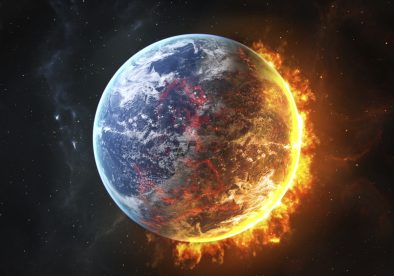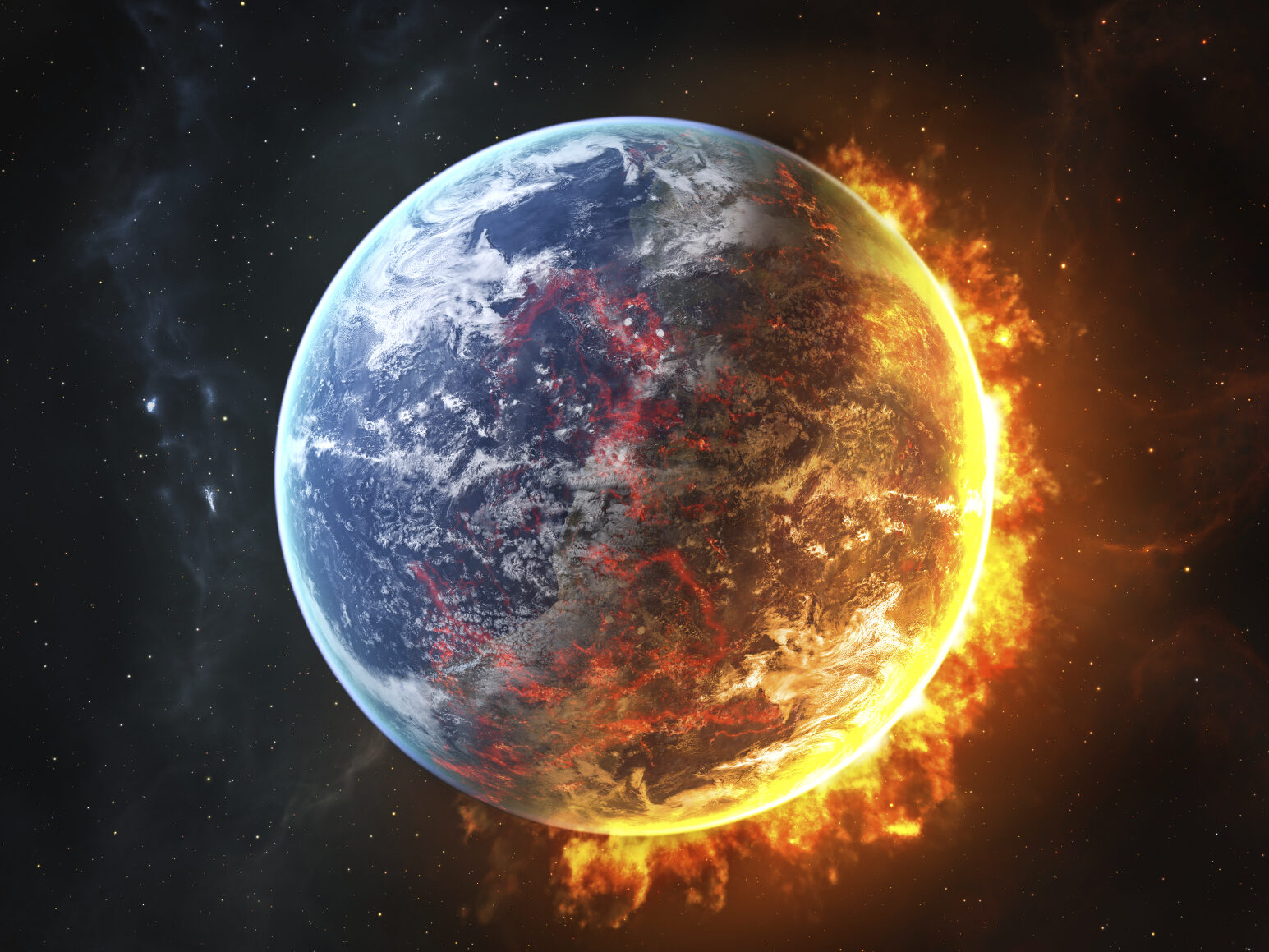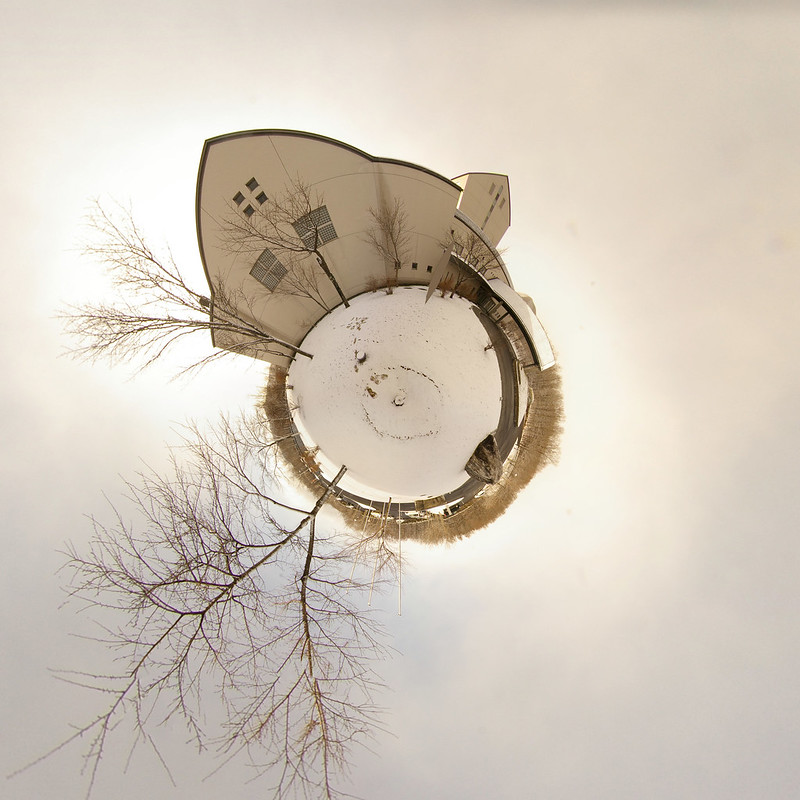Science fact and science fiction walk hand in hand, and this particular cross-fertilisation affected me directly.
Imagine planet Earth locked in a never-ending ice age: a giant, lifeless snowball encased in 3-kilometre-thick ice sheets with an average temperature of minus 50 degrees Celsius at the equator. It almost happened a number of times in our pre-history. The most severe of these was the Sturtian glaciation 716 million years ago when, it’s theorised, a super-volcano eruption on the primeval continent of Rodinia spewed vast amounts of basalt onto the planet’s surface which were then broken down by the weather, running into the seas and creating a chemical reaction that sucked CO2 (that greenhouse promoter) into the ocean, locking it away so that temperatures rapidly dropped.
When I learned about Snowball Earth, I immediately stole the idea to use as the reason why the titular planet in my novel Horizon was so devoid of indigenous life. It too had suffered a ‘snowball epoch’ from which it was emerging when my hapless stellarnauts arrived there.
Back in the real world, some scientists had a problem with the volcanic theory, wondering how those basalt deposits could have eroded so quickly to run into the water and change the ocean’s chemistry. It’s kind of serendipitous that a new theory has arisen proposing that the rapid dispersal of CO2-eating chemicals into Earth’s ocean was due to extensive marine volcanic activity, releasing the chemicals directly into the water.
I say serendipitous because in my novel, Horizon was in the grip of another climate-changing event when my stellarnauts arrived: a stable hypercane that would soon make the planet uninhabitable for humanity. The culprit behind this storm was unusually high ocean surface temperatures driven by an undersea volcano…
Picture credit:“Snowball Earth” by vitroid is licensed under CC BY 2.0 .


